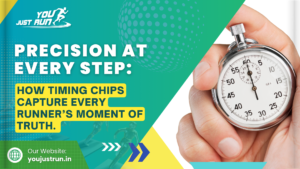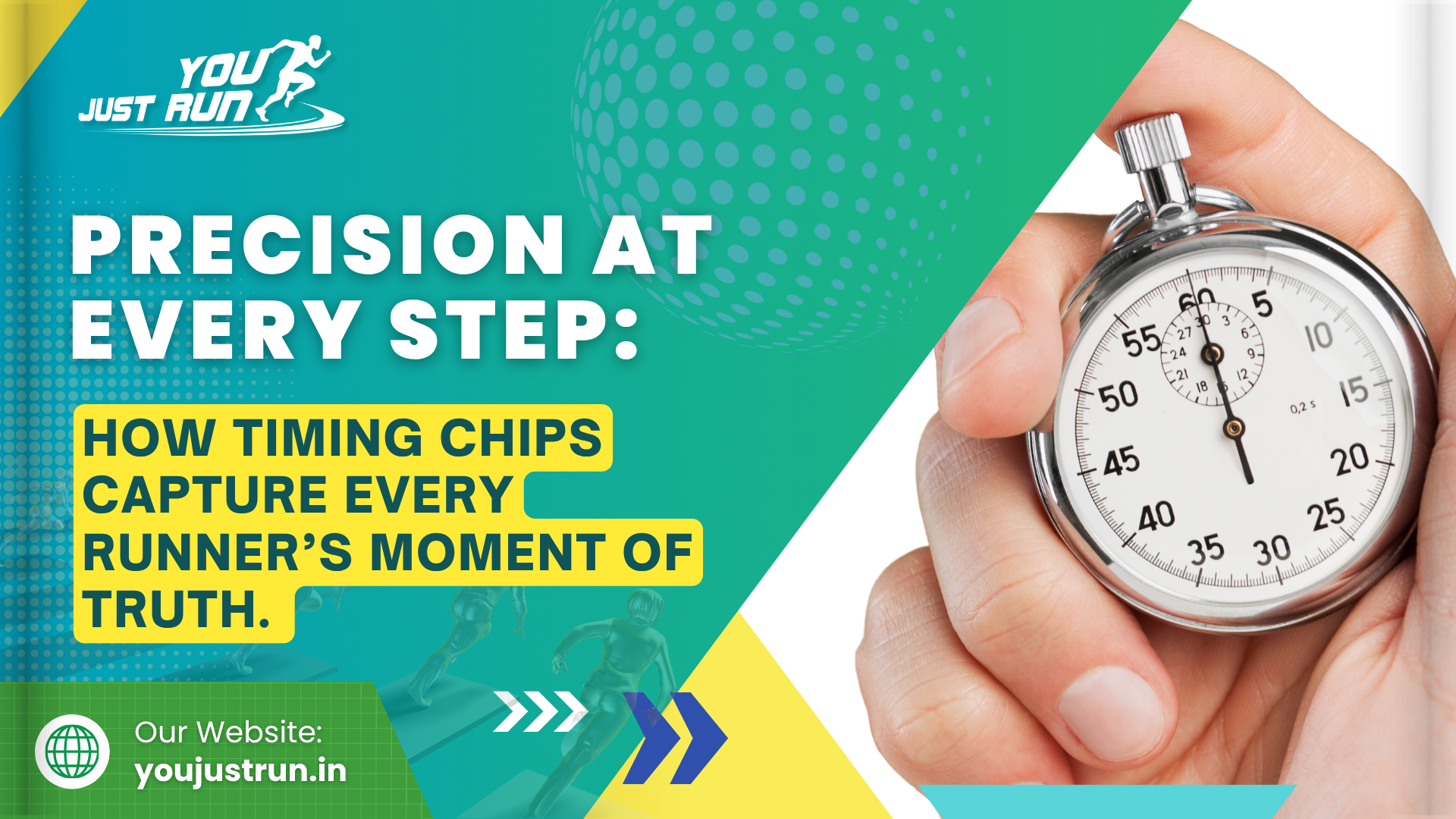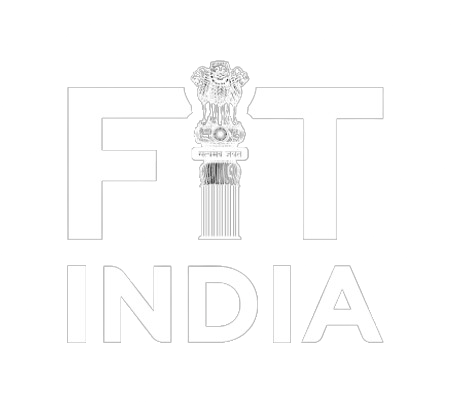When planning a marathon, triathlon, bike race, or even a small-town 5K, precise timing is one of the key elements in providing the experience your participants expect and ensuring the overall legitimacy of the event. Athletes want accuracy, organizers desire transparency, and sponsors want valuable information that they can trust. Investments in professional race timing equipment are important, but many event organizers are surprised at the complex nature of the investment.
The international sports timing systems market is expected to grow to $276.9 million by 2030, a 13.2% compound annual growth rate (CAGR) since 2021 (Source- Allied Market Research ). Comprehending the factors that affect your Race Timing Solutions costs will provide you with practical budgeting, no surprises, and allow you to think about the best option for your event’s aims. This is an overview of the key cost components you need to be aware of as an organizer.
1. Timing Technology and Hardware
The technology is the heart of any race timing system. It typically involves:
RFID Chips and Bibs: Each competitor receives a chip (disposable or reusable) that is tied, attached, or sewn into their bib, tag on their shoe, or wristband. Disposable chips will result in greater expenditure on high volumes because they cannot be reused, and reusable chips add another layer of logistics for retrieval.
Timing Mats and Antennas: Embedded at the beginning, end, and check points, these mats sense the chip as the runners pass over. More mats improve accuracy but also contribute to expense.
Readers and Controllers: High-speed units digitize and process data in real time. These must be serviced, calibrated, and often include backup systems for dependability.
Hardware expenses depend on event size, number of checkpoints, and whether equipment is owned, leased, or rented from a timing partner.
2. Software and Data Management
In terms of pricing, there’s an advanced piece of software that runs the entire timing process in the background. The costs included here are as follows:
Timing Software Licensing: Customized systems to manage start and finish times, calculate results, and create rankings.
Real Time Data Integration: Organizers, increasingly, expect live tracking to be available on websites or mobile apps, which means additional API integrations and dependability on high-speed internet connection.
Analytics and Reporting: From split times to performance graphics, post-race analytics are an added bonus for participant and sponsor value.
The level of sophistication of the software, both in terms of existing capabilities or customization, is a driving factor in the overall cost.
3. Personnel and Technical Expertise
Timely race management requires skilled professionals who are able to handle logistics under time constraints in a timely manner. It is common to have any or all of the following staff on site.
Technicians to Manage Equipment Install: Get the mats, antennas and readers all set up properly.
On-Site Timing Experts: Real-time monitoring of accuracy during the event, real-time troubleshooting, and emergency handling.
Data Specialists: Coordination of live feeds, uploading results, and confirmation.
Staff costs are a function of event size, complexity (one race versus multiple categories), and event duration.
4. Logistics and Transportation
Many race events cover vast distances, so timing equipment must be transported and installed over numerous sites. Some significant cost considerations include
Transportation of chips and mats: Especially for marathon or trail running events, they frequently have checkpoints that are far away.
Power and connectivity: You will often need generators, batteries, and internet hotspots to provide a reliable timing option.
Weather protection: Weatherproofing and protecting gear, as well as designing your gear with more robustness, adds durability, yet adds expenses.
These logistical factors tend to be disregarded but can also greatly impact the overall expense.
5. Scale and Complexity of Events
A small, local 5K generally requires very different things than a complete triathlon. The following factors determine the cost structure:
Number of Participants: More participants lead to more chips, bibs, and data processing.
More Than One Race or Category: Multiple start times, checkpoints, and categories make things more complex.
Geographical Spread: Longer routes or multiple stages will increase the amount of equipment and staff across various zones.
In short, the larger and more complex the event, the more elaborate and expensive the timing structure.
6. Value-Added Services
In addition to plain old timing, the individual timing vendors usually offer extra capabilities that can enhance the event for both participants and attendees:
- Live Results on a Mobile App
- SMS or Email Alerts to Participants and Families
- Photo Integration into Results
- Post-Race Certificates and Leaderboards
While each of these services could, and often does, increase cost, they also add perceived value and return participation.
7. Contingency and Backup Systems
No planner would ever dream of a system breakdown race day, but conscientious timing providers always have backups in mind. Secondary readers, backup power sources, and duplicate data streams keep results accurate even if a system fails. Considering these backup measures is essential both for credibility and peace of mind.
Conclusion
Race timing is more than a stopwatch; it is a blend of advanced products, experience, knowledge, and thoughtful logistics. The cost includes more than just hardware or software- it also factors in planning, labor, and dependability to ensure you get the accurate results.
In the end, investing in high-quality race timing solutions will ensure participants’ confidence, sponsors’ satisfaction, and the viability of your event for the long term.









